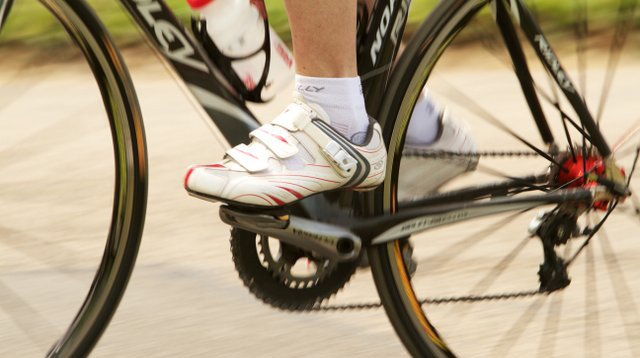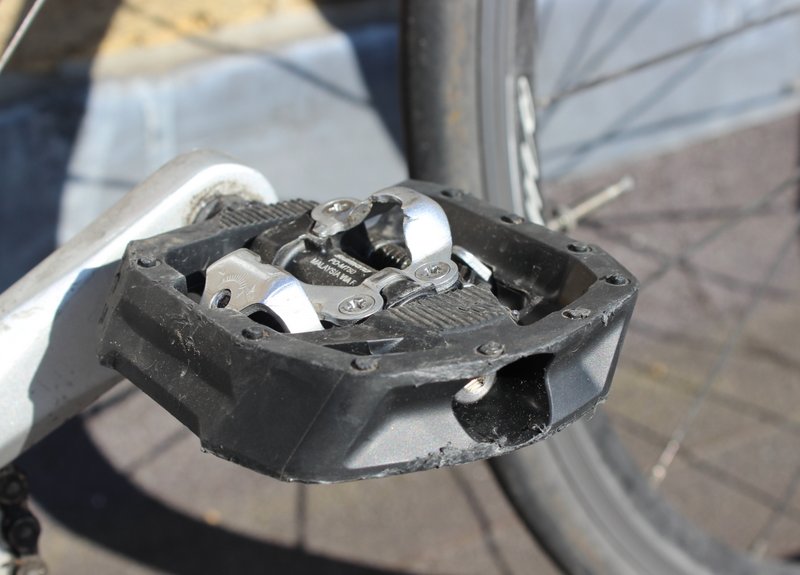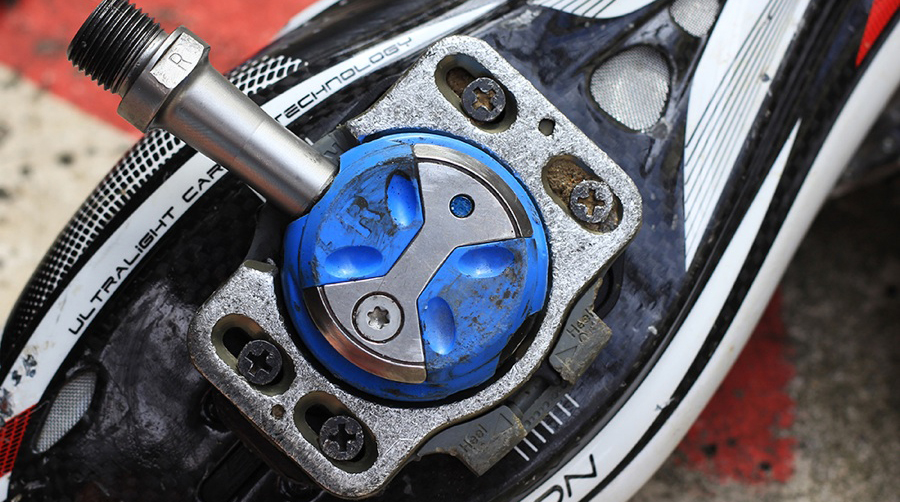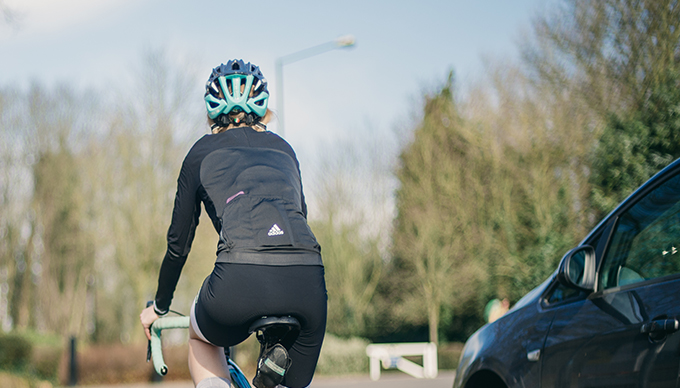The clipped in journey doesn’t stop when you learn to ride them without toppling over at the lights – the next skill to master is getting back into them quickly when you need to.
Riding clipped in is more efficient, more comfortable once you’re used to it, and actually safer as there is no risk of your foot sliding off the pedal. It also limits injury as long as you’re set up properly, as your knees are always tracking in the right pattern. However, even once the initial grief and worry of learning to ride clipped in has passed, pedals and cleats can cause cyclists problems.
In the early stages, your main concern is avoiding ‘clipped in falls’ – these happen when you’ve failed to remove your foot from the pedal in time, and found yourself sailing towards the ground with your feet still firmly attached. Avoiding this simply involves training your brain to associate stopping with un-clipping, and learning that even if you do come to a halt when clipped in, it’s quite easy to maintain balance whilst you disconnect yourself. We’ve got more advice for those just getting started here.
Once you’re happy with all that, you’re pretty much there. But do you ever wish you could be just that little bit quicker off the mark? When moving off from traffic lights, exciting junctions – or if you’re at a whole other level – at the start of a mass participation race, it’s always helpful if you can push off and clip in quickly.
Here are some tips to help make the whole process quicker…
Always start with the clipped in foot in a ‘drive down’ position

This was the advice Chris Boardman gave us when he explained the basics of road cycling to our MTB writer, Jess. However, it’s just as applicable to experienced riders wanting to get off to a quick start.
Your clipped in foot is the one that’s going to drive you forward, giving you enough momentum to then get moving so you don’t wobble around as you try to get the other foot sorted. Therefore, always start with it somewhere between the 12 o’clock and 3 o’clock positions.








